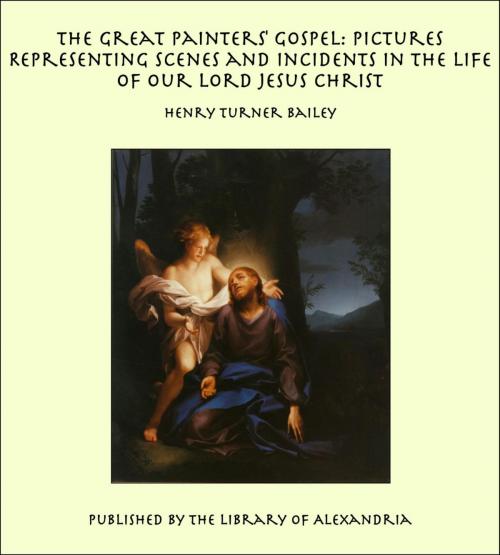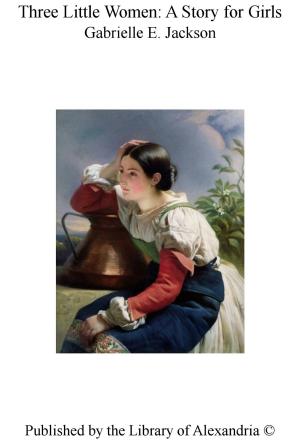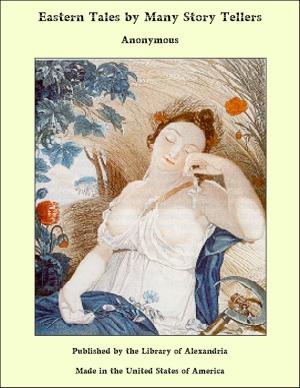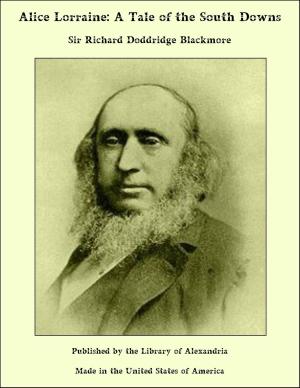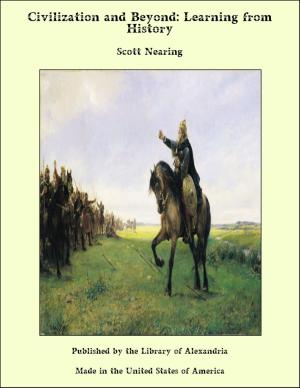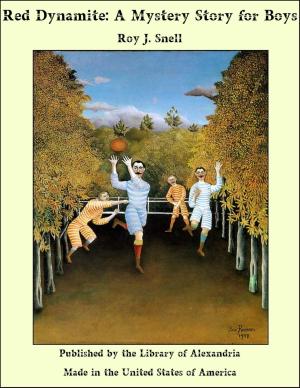The Great Painters' Gospel: Pictures Representing Scenes and Incidents in the Life of Our Lord Jesus Christ
Nonfiction, Religion & Spirituality, New Age, History, Fiction & Literature| Author: | Henry Turner Bailey | ISBN: | 9781465519146 |
| Publisher: | Library of Alexandria | Publication: | March 8, 2015 |
| Imprint: | Language: | English |
| Author: | Henry Turner Bailey |
| ISBN: | 9781465519146 |
| Publisher: | Library of Alexandria |
| Publication: | March 8, 2015 |
| Imprint: | |
| Language: | English |
THE USE OF PICTURES IN TEACHING. PICTURES may hold a primary or secondary place in teaching, according to their nature and the aim of the teacher. The text itself may be the supreme thing, and pictures become mere pictorial comments upon the text. Pictures when so used have the nature of views or illustrations. The picture at the head of this page is a view. It is reproduced from a photograph taken directly from nature. Such pictures are of great value in building up in the mind clear images of objects or of scenes beyond the pupil's reach. A map means almost nothing to a person unfamiliar with the country, unless by means of numberless views the appearance of the country has been made known to the mind. Every teacher in Sunday-school should have a collection of photographic views of the historical sites of the Bible, of implements, household utensils, articles of dress, etc., which may be used to make clear the Biblical references to such things. Without such illustrations words may convey little or no meaning. The first picture upon the next page may be called an illustration. To a person unfamiliar with the text it might convey any meaning but the true one; but to one familiar with the story of Christ and the rich young ruler it is wonderfully graphic and satisfactory. The words of the text take on a deeper meaning as they are studied in the light of this picture. Because Hofmann is an artist, a man gifted with imagination, he sees more clearly, more vividly than the average person. Seen through his eyes what was before vague and unconvincing becomes definite and powerful. Before seeing the picture the pupil had heard the words:"Jesus, looking upon him, loved him." Now with the picture he sees that Jesus loves him and is anxious to have him decide for life everlasting. Before "the poor" were abstract; now they become a concrete reality. Before the pupil had been told that the young man had "great possessions;" now he sees that he had also health and beauty and intelligence, greater possessions than land and gold. The Sunday-school teacher is fortunate who has at his command pictures which illustrate, which make luminous the text. Plates 11, 20, 34, 39, 47, 62, 70, 101, 106, 133, and 143 may be mentioned as notable examples of good illustrations to supplement the text. Christ and the Young Ruler Plate 112. Christ and the Young Ruler. H. Hofmann. 1824
THE USE OF PICTURES IN TEACHING. PICTURES may hold a primary or secondary place in teaching, according to their nature and the aim of the teacher. The text itself may be the supreme thing, and pictures become mere pictorial comments upon the text. Pictures when so used have the nature of views or illustrations. The picture at the head of this page is a view. It is reproduced from a photograph taken directly from nature. Such pictures are of great value in building up in the mind clear images of objects or of scenes beyond the pupil's reach. A map means almost nothing to a person unfamiliar with the country, unless by means of numberless views the appearance of the country has been made known to the mind. Every teacher in Sunday-school should have a collection of photographic views of the historical sites of the Bible, of implements, household utensils, articles of dress, etc., which may be used to make clear the Biblical references to such things. Without such illustrations words may convey little or no meaning. The first picture upon the next page may be called an illustration. To a person unfamiliar with the text it might convey any meaning but the true one; but to one familiar with the story of Christ and the rich young ruler it is wonderfully graphic and satisfactory. The words of the text take on a deeper meaning as they are studied in the light of this picture. Because Hofmann is an artist, a man gifted with imagination, he sees more clearly, more vividly than the average person. Seen through his eyes what was before vague and unconvincing becomes definite and powerful. Before seeing the picture the pupil had heard the words:"Jesus, looking upon him, loved him." Now with the picture he sees that Jesus loves him and is anxious to have him decide for life everlasting. Before "the poor" were abstract; now they become a concrete reality. Before the pupil had been told that the young man had "great possessions;" now he sees that he had also health and beauty and intelligence, greater possessions than land and gold. The Sunday-school teacher is fortunate who has at his command pictures which illustrate, which make luminous the text. Plates 11, 20, 34, 39, 47, 62, 70, 101, 106, 133, and 143 may be mentioned as notable examples of good illustrations to supplement the text. Christ and the Young Ruler Plate 112. Christ and the Young Ruler. H. Hofmann. 1824
